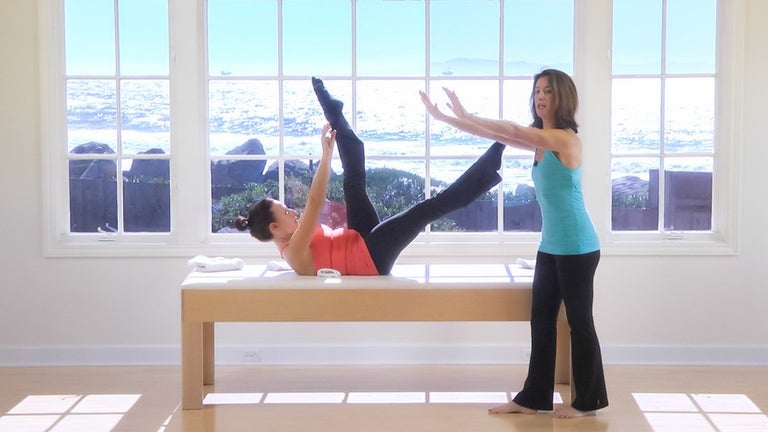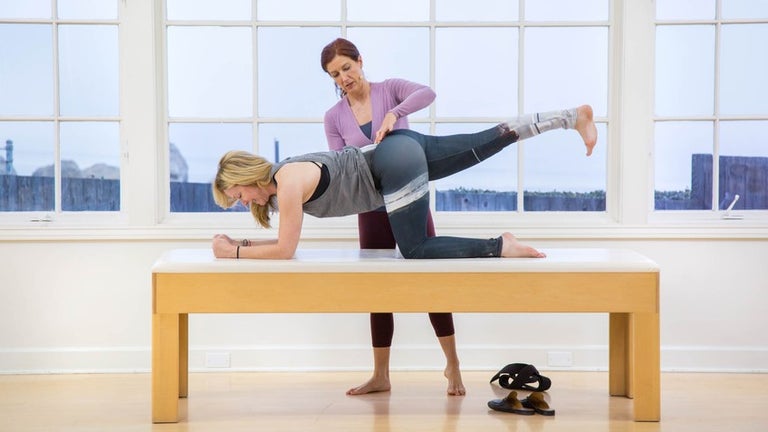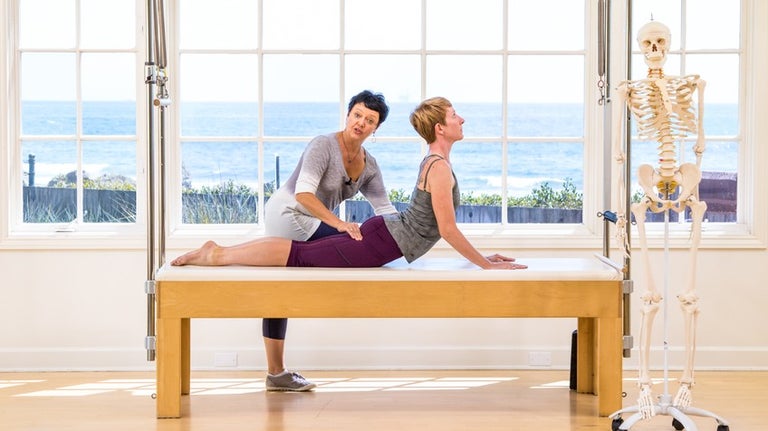Pilates for Back Injuries
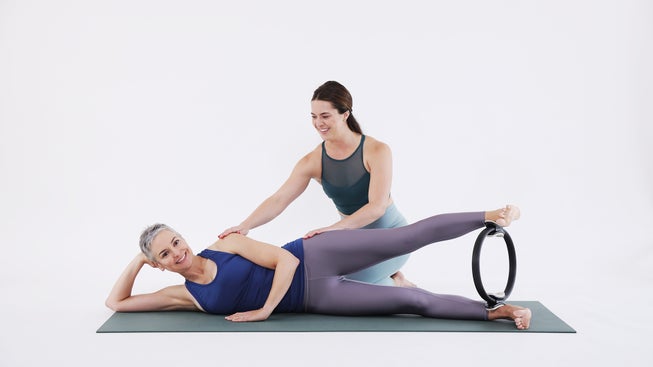
Back Injuries and Pilates
Exercising when you have a back injury or a special condition can be daunting. Some common forms of exercise just don’t feel good if you have a tender or delicate back, and that’s even more true if you have an acute back injury. There may also be a mental hurdle to overcome. If your back is already compromised, you might be extra cautious about adding exercise to your daily routine. Pilates is a form of exercise that can be tailored to your individual situation and limitations, and it can help to prevent future back pain, making it an excellent choice for people dealing with back injuries or conditions.
Scoliosis
Scoliosis, or abnormal curvature of the spine, is one of the most familiar spinal conditions and is especially common in women. In scoliosis, the curve in the spine creates a protrusion on one side of either the lower or upper back, and less commonly in both.
The condition is often diagnosed in childhood during a routine check-up when the doctor observes a distinctive bulge on one side of the upper back when the patient bends over or the so-called “s-curve" that is visible when standing upright. Another tell-tale sign of scoliosis is having one shoulder that is higher than the other. Scoliosis can develop later in life, too, and often worsens during puberty. Mild scoliosis doesn’t require treatment, but it can become more pronounced and cause more discomfort over time. Treatment consists of either wearing a specially designed back brace or, in more severe cases, spinal surgery.
Pilates for Scoliosis
Pilates, with its emphasis on body awareness, is an excellent way to help encourage balance on both sides of the body. A regular Pilates practice comprised of exercises customized to your individual case of scoliosis can actually work the body into better alignment, elongating the shortened areas, and strengthening the weaker side. For example, some exercises that involve lateral flexion (side-bending) may be performed on only one side so as not to further compress the shortened side. Your Pilates work may include directed breathing into the flat or concave areas of the back to help bring them into balance with the protruding areas.
A skilled Pilates instructor may use cushions or rolled towels to prop up your protruding side and encourage better contact with the mat or the floor. Something as simple as hanging by one arm from the Pilates Cadillac and letting the weight of your body decompress your spine on the shortened side can bring the spine more closely into alignment over time. At a minimum, a Pilates practice can help keep your scoliosis from progressing, in part because you will become more attuned to postural and movement habits that reinforce your spinal curvature.
Featured Classes for Back Injuries
Other Back Injuries and Conditions
Whether your back condition is caused by aging (for example, as with spinal stenosis) or injury (bulging or herniated discs) or inflammation (sciatica or ankylosing spondylolisthesis), the right kind of exercise can often bring relief from future flare-ups. As long as you are not in intense pain, and your doctor gave you the green light, you can begin an exercise program that includes both stretching and strengthening. This is what makes Pilates so ideal for those suffering from spinal injuries and conditions. Pilates is excellent for building strong abdominal and back muscles while also increasing pelvic and hip flexibility. A strong core acts as a corset to stabilize the spine while also encouraging the optimal, upright posture that creates the most space for the spinal disks.
Tips, Modifications and Precautions
If you have a delicate back or spine, you’ll want to have some guidance before embarking on a Pilates program, or any exercise program. Ideally, a healthcare provider such as a physical therapist or orthopedist will suggest a series of exercises that are safe for your body, as well as an understanding of which positions or movements are contraindicated (not recommended) for your body. In a group class or even in a streaming Pilates video, a well-trained instructor will offer modifications. These are often suggestions like, “keep your knees slightly bent” or “use a smaller range of motion.” Use your inner wisdom and do what feels good to you—and stop if the movement or activity makes you feel worse. If you are mindful and consistent, you can heal your body with movement.
Join Our Online Community
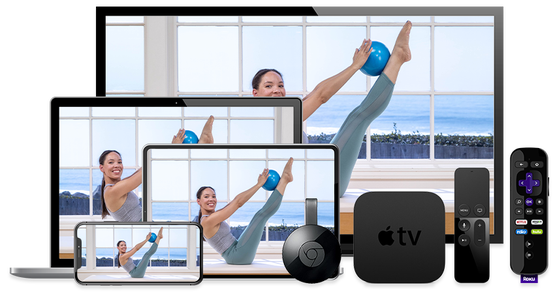
- 15-Day Free Trial
- Unlimited Access to Thousands of Classes
- 95+ Pilates Programs and Challenges
- No Ads
- New Videos Weekly
- Available on All Your Favorite Devices
